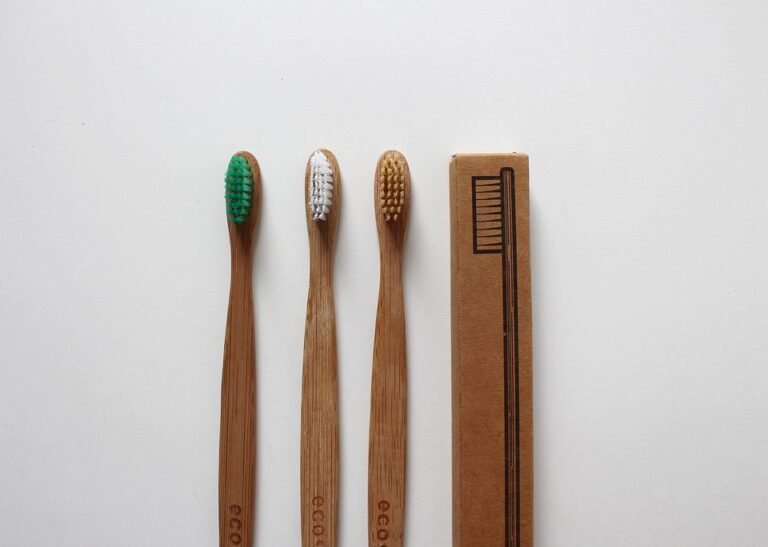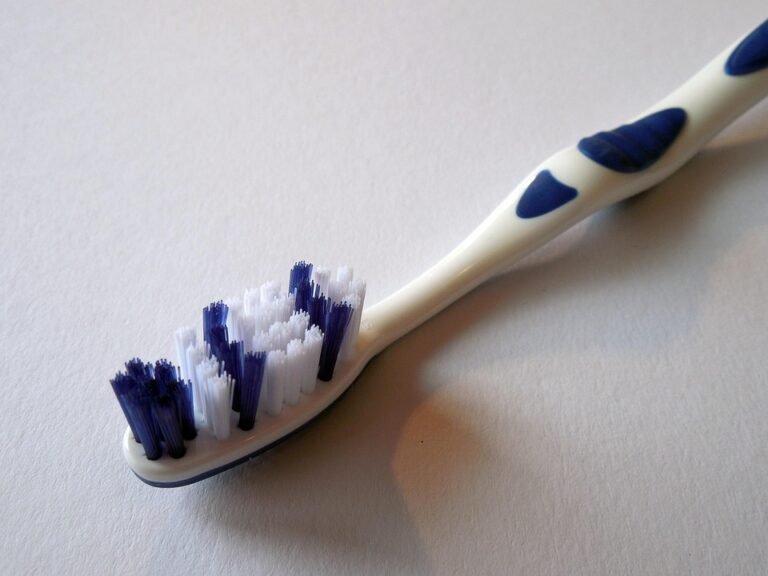What specific properties are improved through bio-inspiration in dental materials
Okay, so I’m working on a research paper about biomimicry in dentistry and I’m trying to narrow down the focus to the specific material properties that see actual, demonstrable improvement thanks to taking inspiration from nature. I’ve seen a lot of broad claims about enhanced performance and biocompatibility, but I need to be more specific.
For example, things like:
-
Which materials show improved strength? I’m not just talking about general durability, but specific types of strength like compressive strength, tensile strength, and flexural strength. What are the biological analogs that inspire these improvements (e.g., enamel structure for compressive strength)? Are there specific studies that quantify these improvements?
-
How is wear resistance enhanced? Natural teeth have incredibly complex wear patterns. Are there bio-inspired materials that mimic this, and how does it translate to longer-lasting restorations? What are the key microstructural or compositional features that contribute to this?
-
What about aesthetics? Beyond just color matching, are there bio-inspired approaches to achieving translucency, opalescence, and other visual properties that mimic natural teeth more closely? What natural structures are providing the inspiration for this?
- And finally, biocompatibility? What are the bio-inspired approaches that reduce inflammatory responses or promote osseointegration, and how are those improvements measured (e.g., cell adhesion, proliferation, mineralization)? Is there a specific natural material being copied for this?
Answer
Bio-inspiration in dental materials seeks to mimic the remarkable properties found in natural biological structures like teeth, bone, and enamel to create superior restorative and preventative solutions. The goal is to enhance the performance, longevity, and biocompatibility of dental materials. Several key properties are specifically targeted for improvement through bio-inspiration:
1. Mechanical Properties:
-
Strength and Fracture Resistance: Natural enamel, while incredibly hard, also exhibits some degree of elasticity and crack propagation resistance. Bio-inspired materials attempt to replicate this combination of high strength and fracture toughness. Strategies include incorporating hierarchical structures similar to enamel prisms, using mineral phases with controlled orientation and size, and employing organic matrices that provide resilience and prevent catastrophic crack growth. Examples include:
- Enamel-inspired composites: Incorporating aligned nanofillers like hydroxyapatite or silica to mimic the prismatic structure of enamel, increasing strength and resistance to wear.
- Biomimetic adhesives: Designing adhesives with polymer networks that mimic the collagen network in dentin to improve bonding strength and durability, resisting debonding under stress.
- Layered ceramic restorations: Utilizing layered structures mimicking enamel and dentin, combining a hard, wear-resistant outer layer with a more resilient inner layer to distribute stresses and prevent fracture.
-
Wear Resistance: Enamel’s exceptional wear resistance is due to its high mineral content and ordered structure. Bio-inspired approaches focus on:
- Mineral reinforcement: Incorporating hard nanoparticles like diamond or zirconia into composite resins to improve resistance to abrasive wear.
- Self-healing mechanisms: Embedding microcapsules containing repair agents that are released upon damage to fill microcracks and prevent further wear.
- Mimicking enamel surface roughness: Creating surface textures on dental materials that mimic the natural roughness of enamel to reduce friction and wear.
- Elastic Modulus Matching: The elastic modulus, a measure of stiffness, is crucial for stress distribution. Mismatches in elastic modulus between restorative materials and tooth structure can lead to stress concentrations and failure. Bio-inspired approaches aim to:
- Develop materials with tunable elastic modulus: Creating materials that can be tailored to match the elastic modulus of enamel and dentin, minimizing stress concentrations at the interface.
- Utilize intermediate layers: Introducing intermediate layers with gradual changes in elastic modulus to create a smooth transition between the restoration and the tooth structure.
2. Biocompatibility and Bioactivity:
-
Improved Cell Adhesion and Proliferation: Bio-inspired materials can be designed to promote the adhesion and growth of cells, enhancing tissue integration and regeneration. Strategies include:
- Surface modification with cell adhesion molecules: Coating materials with peptides or proteins that promote cell attachment and spreading.
- Incorporating bioactive materials: Adding calcium phosphates or other bioactive ceramics to the material composition to stimulate bone formation and tissue regeneration.
- Creating porous structures: Designing materials with interconnected pores that allow for cell infiltration and vascularization, promoting tissue integration.
-
Antimicrobial Properties: Bio-inspiration can be used to develop materials with inherent antimicrobial properties, reducing the risk of infection and biofilm formation. Approaches include:
- Incorporating antimicrobial agents: Embedding silver nanoparticles or other antimicrobial compounds into the material matrix to inhibit bacterial growth.
- Mimicking the antimicrobial peptides: Creating synthetic peptides or polymers that mimic the structure and function of natural antimicrobial peptides.
- Developing surface textures that inhibit bacterial adhesion: Creating surface textures that prevent bacteria from attaching and forming biofilms.
- Mineralization and Remineralization: Natural enamel has the ability to remineralize in the presence of fluoride and calcium phosphate. Bio-inspired materials aim to:
- Incorporating fluoride-releasing components: Adding fluoride salts or other fluoride-releasing compounds to the material composition to promote remineralization of surrounding enamel.
- Creating calcium phosphate-based materials: Developing materials that release calcium and phosphate ions to promote the formation of hydroxyapatite, the main mineral component of enamel.
- Incorporating biomimetic proteins: Using proteins like amelogenin to guide the deposition of minerals and promote the formation of enamel-like structures.
3. Aesthetics:
- Mimicking Natural Tooth Translucency and Opalescence: Achieving natural-looking restorations requires replicating the optical properties of enamel and dentin. Bio-inspired approaches focus on:
- Layered structures with varying opacities: Creating layered restorations with different opacities to mimic the varying translucency of enamel and dentin.
- Incorporating light-scattering particles: Adding nanoparticles that scatter light in a similar way to enamel, creating a natural-looking appearance.
- Controlling the refractive index: Matching the refractive index of the restorative material to that of enamel and dentin to minimize light scattering and improve translucency.
4. Adhesion:
- Stronger and More Durable Bonding to Tooth Structure: Bio-inspired adhesives aim to create a strong and durable bond to enamel and dentin, preventing microleakage and secondary caries. Strategies include:
- Mimicking the adhesive mechanisms of natural glues: Studying the adhesive proteins used by marine organisms like mussels and barnacles to create strong and durable bonds to wet surfaces.
- Using self-assembling peptides: Employing peptides that self-assemble into nanofibrils to create a strong and interpenetrating network between the adhesive and the tooth structure.
- Incorporating bioactive components: Adding calcium phosphates or other bioactive materials to the adhesive to promote mineralization at the interface and improve bond strength.
In summary, bio-inspiration offers a powerful approach to developing dental materials with improved mechanical properties, biocompatibility, aesthetics, and adhesion. By mimicking the sophisticated designs and functionalities found in natural biological systems, researchers aim to create restorative and preventative solutions that are more durable, biocompatible, and aesthetically pleasing.


